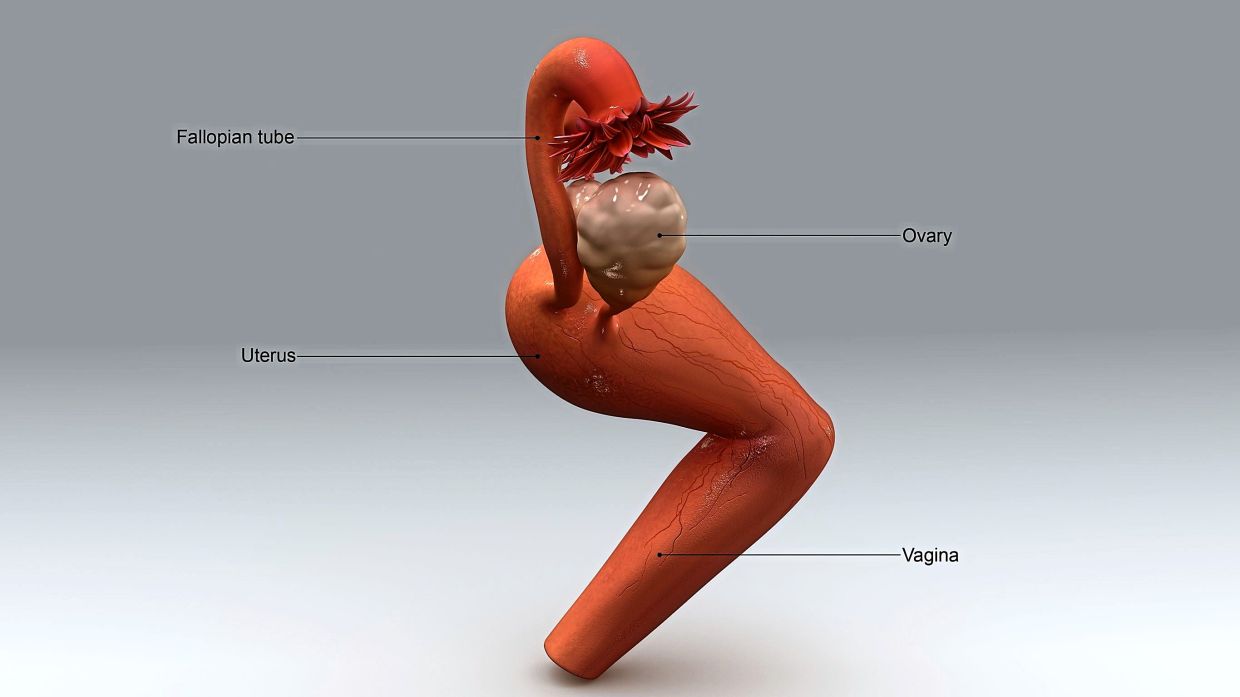
The fallopian tube fimbriae are a fascinating part of the female reproductive system. These delicate, finger-like structures play a crucial role in the journey of an egg from the ovaries to the uterus. While the fallopian tubes themselves are well-known, the fimbriae are often overlooked and under-appreciated. In this article, we will explore eight extraordinary facts about fallopian tube fimbriae that will leave you amazed at the complexity and beauty of the human body. From their unique anatomy to their essential function in fertilization, these facts will shed light on these often unacknowledged yet remarkable structures. So, prepare to delve into the world of fallopian tube fimbriae and discover the wonder and intricacy of the female reproductive system.
Key Takeaways:
- The fallopian tube fimbriae play a crucial role in capturing and guiding the egg for fertilization, showcasing their remarkable ability to facilitate the miracle of life.
- These extraordinary structures not only capture the egg but also protect against infection, secrete mucus for smooth transportation, and may even influence the fertilization site for optimal implantation.
Fascinating Key Role in Egg Capture
The fimbriae tubae are responsible for capturing the mature egg (ovum) after it is released from the ovary. The fringed edges of the fimbriae create a gentle sweeping motion, guiding the egg into the fallopian tube for fertilization.
Incredible Microscopic Structure
The fimbriae tubae are composed of tiny hair-like projections called cilia. These cilia beat in a coordinated manner to create fluid currents that help propel the captured egg towards the uterus.
Unbelievable Sensory Abilities
The fallopian tube fimbriae possess sensory capabilities that allow them to detect the presence of the released egg and respond accordingly. This remarkable feature ensures efficient egg capture and enhances the chances of successful fertilization.
Mind-Blowing Dynamic Movement
The fimbriae tubae are not static structures. They exhibit dynamic movement and can actively reach out towards the ovary to capture the released egg. This incredible ability further facilitates the fertilization process.
Extraordinary Link to Ectopic Pregnancy
In some cases, the fimbriae tubae may not properly capture the released egg, leading to an ectopic pregnancy. This occurs when the fertilized egg implants outside of the uterus, typically in a fallopian tube. Ectopic pregnancies require immediate medical attention.
Astonishing Protection Against Infection
The fimbriae tubae, along with the rest of the fallopian tubes, play a crucial role in preventing the ascent of bacteria from the vagina into the uterus. This protective mechanism helps safeguard the reproductive system from potential infections.
Intriguing Mucosal Secretions
The fimbriae tubae secrete a thin layer of mucus that assists in the transportation of the captured egg towards the uterus. This lubricating substance ensures smooth passage and increases the chances of successful implantation.
Remarkable Influence on Fertilization Site
Research suggests that the fimbriae tubae may have the ability to guide the fertilized egg towards a specific location within the fallopian tube for optimal implantation. This incredible mechanism plays a vital role in establishing a successful pregnancy.
These 8 extraordinary facts about fallopian tube fimbriae showcase their critical role in the female reproductive system. From capturing the egg to facilitating fertilization and preventing infection, the fimbriae tubae are truly remarkable structures that contribute to the miracle of life.
Conclusion
In conclusion, the fallopian tube fimbriae are truly remarkable structures within the female reproductive system. These finger-like projections play a crucial role in the process of fertilization, helping to guide the released egg into the fallopian tube for possible fertilization with sperm. But their functions don’t end there – fimbriae also assist in the transportation of the fertilized egg towards the uterus, where it can implant and develop into a pregnancy.
Furthermore, recent studies have shed light on the potential link between fallopian tube fimbriae and certain forms of ovarian cancer. Understanding the complex functions and characteristics of these fimbriae may provide valuable insights for future medical advancements in diagnosing and treating reproductive disorders.
Overall, the fallopian tube fimbriae are a fascinating and vital component of the female reproductive system, serving crucial functions in reproduction and potentially holding the key to unlocking new discoveries in the field of gynecology and fertility.
FAQs
Q: What are fallopian tube fimbriae?
A: Fallopian tube fimbriae are finger-like projections at the ends of the fallopian tubes that help capture and guide the released egg into the tube.
Q: How do fallopian tube fimbriae aid in fertilization?
A: Fimbriae create a gentle sweeping motion to create a current that helps capture the egg released from the ovary, guiding it into the fallopian tube where it may potentially meet sperm for fertilization.
Q: Can fallopian tube fimbriae be damaged?
A: Yes, fallopian tube fimbriae can be damaged due to various factors such as infections, surgeries, or scarring from conditions like endometriosis. Damage to the fimbriae may negatively impact fertility.
Q: Are fimbriae involved in the development of ovarian cancer?
A: Recent research has suggested a potential link between certain types of ovarian cancer and abnormalities in the fallopian tube fimbriae. Further studies are being conducted to better understand this association.
Q: Can a woman become pregnant if her fimbriae are damaged?
A: While damaged fimbriae may reduce the chances of becoming pregnant naturally, there are alternative fertility treatment options available, such as in-vitro fertilization (IVF), that bypass the need for fimbriae to achieve pregnancy.
Was this page helpful?
Our commitment to delivering trustworthy and engaging content is at the heart of what we do. Each fact on our site is contributed by real users like you, bringing a wealth of diverse insights and information. To ensure the highest standards of accuracy and reliability, our dedicated editors meticulously review each submission. This process guarantees that the facts we share are not only fascinating but also credible. Trust in our commitment to quality and authenticity as you explore and learn with us.
